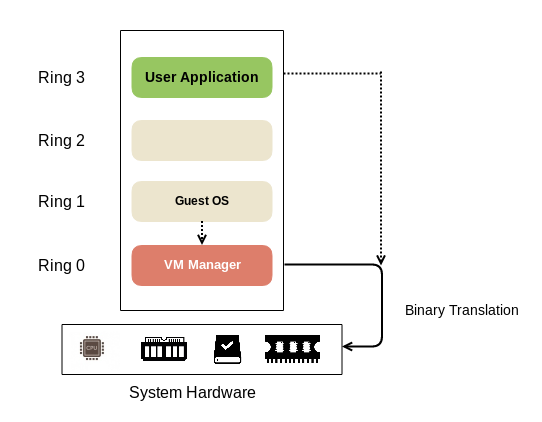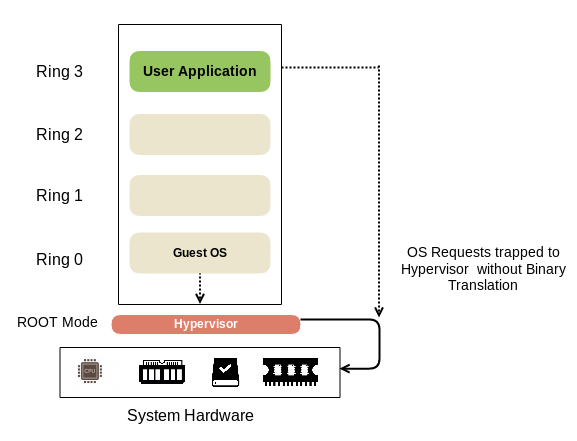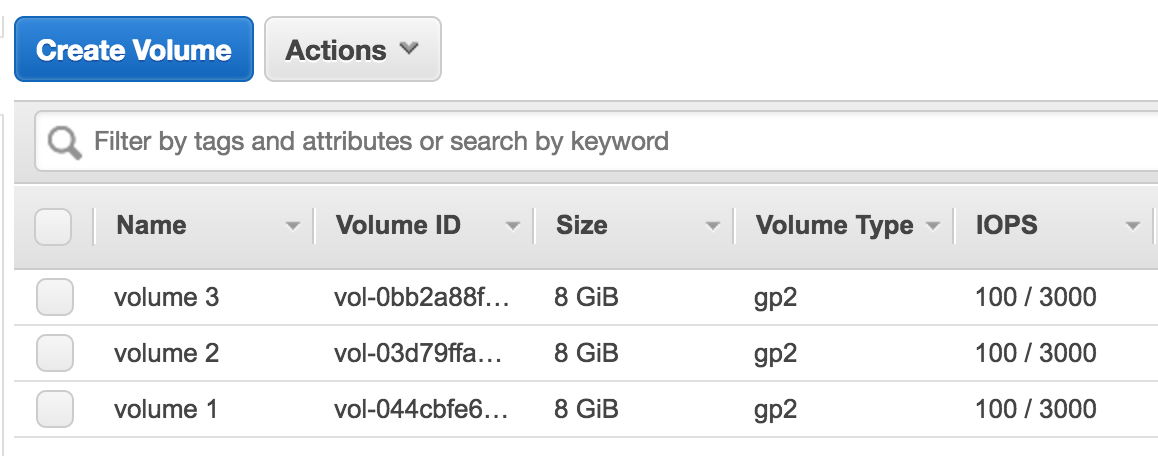If we have an understanding of how virtualization works and its best practices, we can understand cloud environments in a more detailed way. Let's understand some of the aspects related to the architecture of virtualized environments.
In a typical server, we have major components such as CPU, memory, storage, and network. This is indicated in the following diagram:
One challenge is that hardware components can fail at any moment, and for organizations that have thousands of servers, this scenario is pretty common on a daily basis. In such a scenario, there is one important aspect that must be protected from these failures, which is the storage device on which customer data resides.
If the CPU or memory fails, then new chips can be replaced, and it might not be a big issue as a restart might be all that's needed but if the hard disk fails, then the entire data gets lost and it can be disastrous for the organization, especially if it's critical data.
This is one of the reasons for having a separately dedicated storage cluster. This is ideally done in a network-attached storage (NAS) environment and then disks are mounted over the Network to a compute instance:
Since the storage volumes are mounted over the network to a server, we can easily attach and detach the storage disks from one virtual machine to another. Let's look into how this works in AWS.
In AWS, we have a dedicated page, where we can see all the storage volumes that are being used in our account. In our case, we have three volumes, each of 8 GiB each:
If we click on the volume and select Actions, there is an option of Detach Volume. Once this is done, the storage volume will be detached from an EC2 instance:
We can also attach the volumes to different EC2 instances by clicking on Attach Volume and selecting the instance that we want to mount on:






















































































